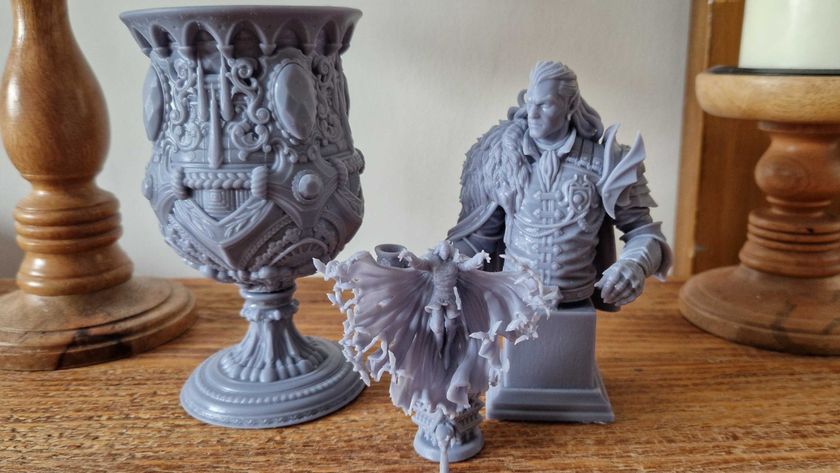Lord of the Fallen freshens up Dark Souls with more story, tactical ghosts, and giant crabs
I spawn in the Abandoned Temple courtyard under a starry sky. My mission within these tight halls of weathered stone: Destroy the Lords Gate to Keystone. These gates are essentially wormholes to other realms, and they’re responsible for the spreading demon scourge. My other mission? Try not to dwell too much on Lords’ well-known similarities to Dark Souls.
I’m Harkyn, a baldy, frowny man. His appearance can’t be customised, but his armour and stance can, the latter with a simple press of Triangle. There’s his staff and fire-gauntlet stance, the staff and shield stance, or a two-handed, full combat stance. I roll with the former because, well, fire-gauntlet. I pass through a door, and suddenly oh-my-god-massive-crab-monster.
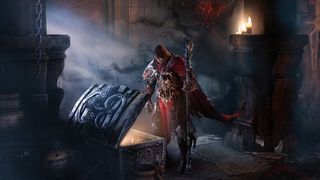
The Infiltrator looks part-way between the Gears of War’s Corpser and Henry J. Waternoose from Monsters Inc. And seeing as it guards the Lords Gate, it’s gotta go. Magical projectile attacks strike me off the bat, and apparently it only takes two or three to kill me. My shield works at range, but it’s not much cop close up, the beast’s sweeping leg attacks knocking me down. Its triple-swipe is simple enough to learn, so I get in a hit or two before backing off and watching my stamina regenerate. The rule is if it works in Dark Souls, it works here.
The timely potion-chugging, the rolling, the lock-on--it’s instantly familiar, if slightly faster. One thing Lords does better, though, is armour degradation. Each chunk of health I remove also chips steel plates off my foe’s legs, making them particularly vulnerable. Midway through the battle, as bosses are wont to do, its attack patterns change. It heads over to squelchy plant-like organisms to regenerate health, as well as stabbing at me with its rear leg like a scorpion bastard. Patience waning and cockyness building, I launch into one too many attacks and die. My fault.
Of course, bosses are meant to challenge. Lords’ are as much puzzle as combat trial, and I’m told that each is usually ‘solved’ by testers after five attempts or so. And unlike certain other games, Lords focuses less on toppling towering fantasy creatures like the one I’ve just fought, and more on intimate battles with humanoids--things with people-proportions, wielding melee weapons.
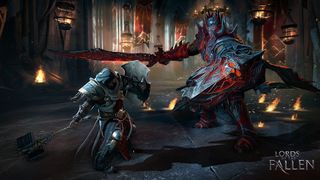
Returning to The Infiltrator’s chamber for another go, I spy my ghost lingering where I died. So far, so Dark Souls. But Lords adds an extra wrinkle. The closer you fight to your ghost, the faster it refills your health and stamina. The drawback is a countdown timer, which gives you a minute to grab your ghost and all previous experience with it. It’s classic risk/reward: Do you rush to get your ghost straight away and sacrifice those useful buffs, or do you draw foes near it and bet all that experience on a fight you might lose?
I choose a new tack and shed all my armour for better maneuverability. Harkyn’s offensive and diversionary spells are particularly useful when teamed with agility. Twin daggers are effective too, able to combo long streams of attacks. After picking my window, I kill crab-man. Speed trumps power.
Sign up to the 12DOVE Newsletter
Weekly digests, tales from the communities you love, and more
After the fight I meet a talking demon who, through broken English and guttural grunts, gives me a subquest: Bring him human skulls. There are tiers to his challenge, with higher ones offering better shields. I mug him instead. I loot a standard kite shield from his corpse rather than a better version I could have obtained through patience and hard graft, but hey, I ain’t no errand boy. Shame he’ll never come back.
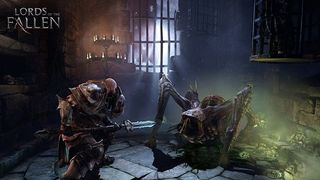
Though it’s one of only two side missions I find, it hints towards a more explicit series of optional activities and branching goals. Not very Souls at all. The second centres on mysterious wall markings. Once I find a Rosetta-Stone-like device, I can decipher them and uncover chunks of story and fresh rewards for going out of my way. Because I’m a busy man. And let’s not forget the branching dialogue options, which add more personality and overt involvement. Though they don’t alter the narrative, and moral choices aren’t recorded; it’s all simply a way of giving interested players more plot. Audio logs--well, hidden pages--perform the same function.
And there’s interesting, gameplay-driven story elsewhere. The Tyrant enemy, for instance is said to be imprisoned by his own tyranny. You can fight him, but he’s immortal until you seek out and destroy his heart, hidden nearby. It’s a good example of how Lords gives personality to what could have been a run-of-the-mill goon, as well as expanding its quest structure and story remit beyond that of its inspiration.
So there you have it. Reading back over this, I see that I actually mentioned Dark Souls five times. But you know what? I’m fine with that. Purposeful avoidance, I think, would paint a false picture of Lords of the Fallen. And besides, none of those echoes is actually a bad thing. Lords is a similarly thoughtful RPG, albeit one with new twists, and more explicit, more obvious story-telling. That’s a good base to work from. Whether it ultimately makes it more or less magical remains to be seen.
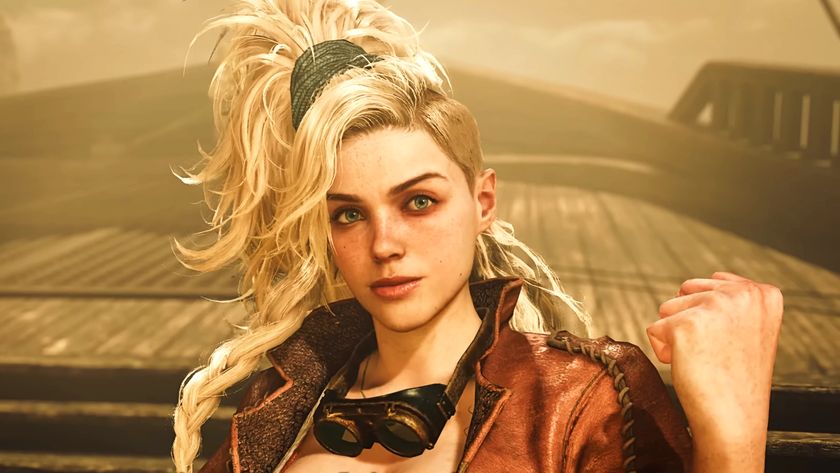
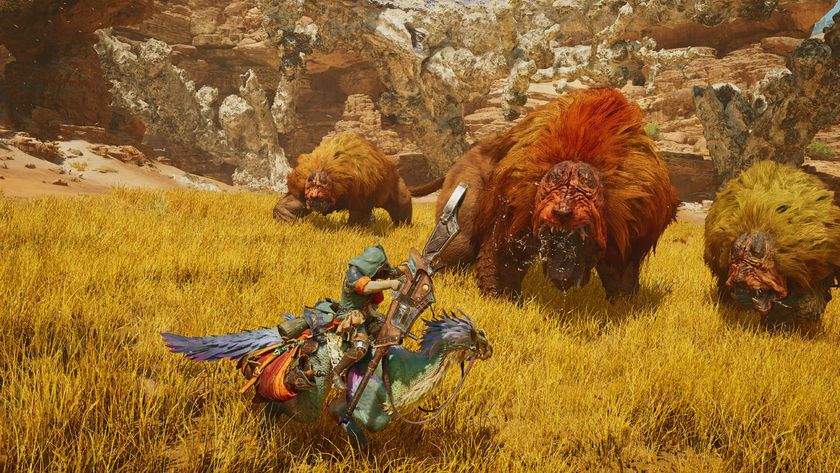
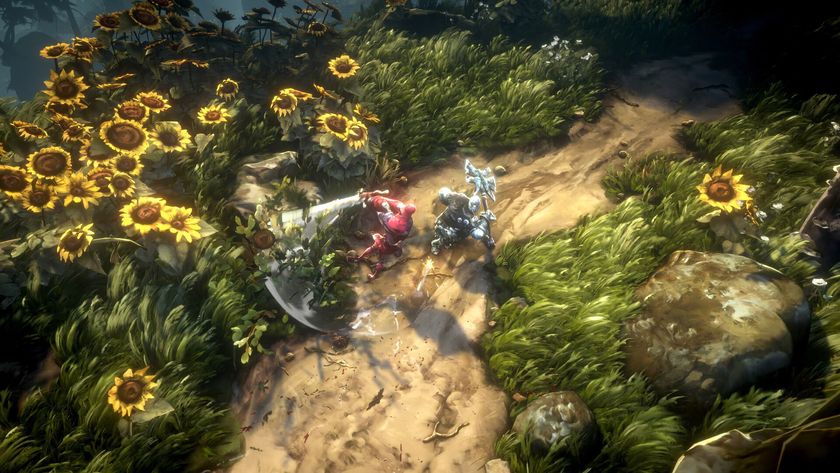
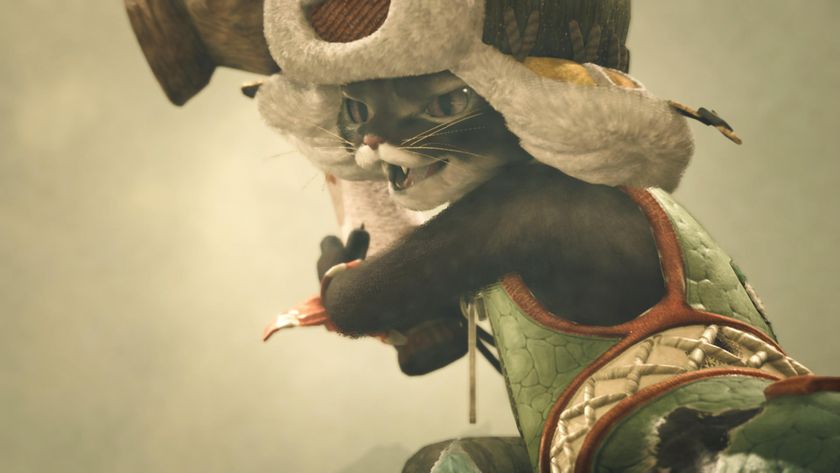
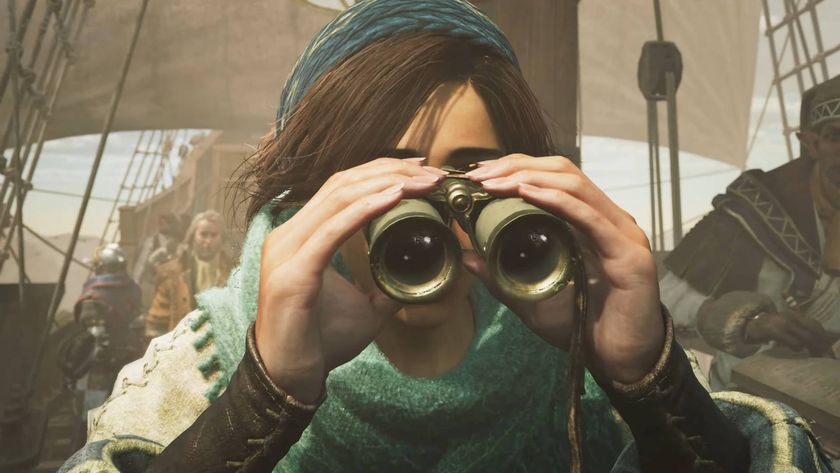
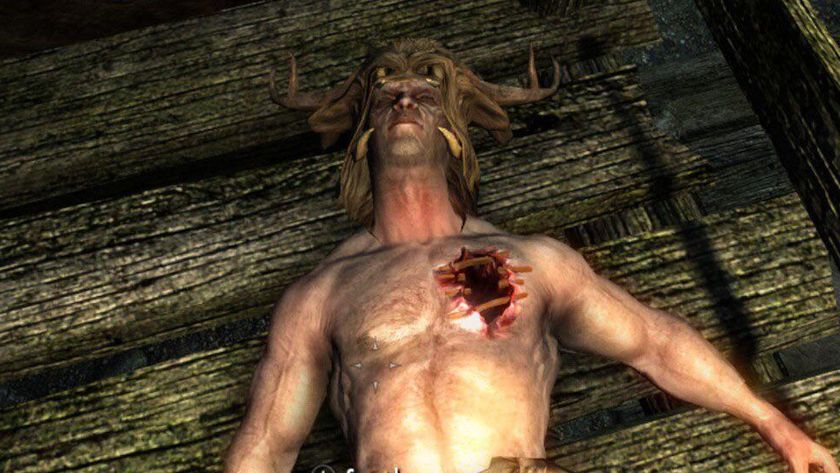







Monster Hunter Wilds players are tricking the action RPG into thinking they completed hunt quests in mere seconds using the power of poison ammo

Monster Hunter Wilds' infamously confusing menus spare no player, not even Gemma's voice actor herself: "This is honestly what I’m struggling with the most"

